Real Work, Less Effort: The Power of Web Scraping and Automation Tools
There's a strange thrill in watching a bot do what would take a person. With just a bit of code, web scraping and automation tools pull clean data from chaotic websites, turning noise into structure. They're no longer niche—they're the invisible engines behind research, startups, and competitive small businesses. The internet holds vast information, but it's scattered and hard to collect manually.
These tools make it easy, cutting through noise and repetitive work. By 2025, they will be more than useful—they'll be critical to how modern digital workflows operate and evolve, powering smarter, faster ways of working.
Understanding the Essentials of Web Scraping
Web scraping is the act of pulling data from websites and turning it into usable formats like CSV and JSON or directly into databases. At its core, it involves sending a request to a webpage, fetching the HTML content, and then parsing that content to extract what you need. It sounds straightforward, but websites are rarely built the same way, and many of them actively try to block scraping bots. That's why tools play such a critical role—they streamline the complex parts and make scraping more accessible.
Modern web scraping tools usually come with built-in features for navigating sites with JavaScript-driven sites, pagination, and evading bot-fighting tricks. Programmers requiring complete command make use of such tools as BeautifulSoup, Scrapy, and Playwright. They are lean and fast and can be coded to suit everything from grabbing product listings in online stores to compiling government reports.
On the no-code front, tools such as Octoparse and ParseHub allow users to craft scraping flows using drag-and-drop interfaces. They're perfect for non-technical individuals who still need access to big datasets. Whether real estate deals, scholarly papers, or social media posts, these tools can assist users in extracting insights without typing a single line of code.
Despite how useful scraping can be, it’s not always legal or ethical to collect data from every site. That’s why responsible scraping involves reading terms of service, respecting robots.txt rules, and being transparent about data usage. In a world increasingly focused on digital rights, ethical scraping is becoming just as important as efficient scraping.
Automation Tools: Moving Beyond Scraping
Web scraping is just one piece of the puzzle. Automation tools expand the reach of what can be done once data is collected—or even without scraping at all. These tools take over routine, repetitive, and time-consuming tasks. Think about form submissions, account creations, reporting dashboards, or bulk file conversions. Automating these tasks frees up time, reduces errors, and scales your operations.
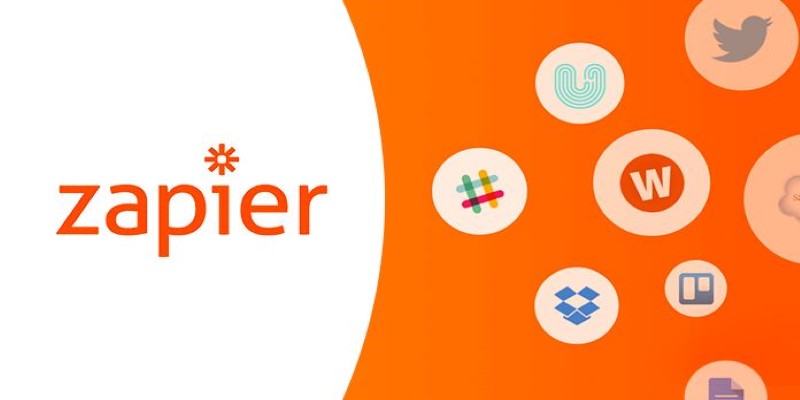
Selenium, for example, can simulate user interactions in a browser. It’s not just scraping—it’s clicking buttons, filling out forms, downloading files, and more. It’s often used in testing environments but can be a powerful web automation engine. Puppeteer does something similar but is optimized for headless Chrome, offering even more precision and speed.
Then there’s the rise of workflow automation platforms like Zapier, Make (formerly Integromat), and n8n. These let users chain together apps and services in automated flows. For instance, every time a new post is published on a job board, a scraper pulls the info, Zapier sends it to a Google Sheet, and an email alert goes out. You didn’t lift a finger—it just happened. These tools thrive on API integration, making them highly customizable and scalable for personal or team workflows.
Another growing trend is the integration of AI with automation. ChatGPT-style bots are now being layered into scraping and automation flows to interpret data, write summaries, or even make decisions. For example, a scraped review can be analyzed for sentiment, categorized, and reported in real-time—all without human input. This blend of automation and intelligence is starting to shift how we think about task delegation altogether.
Practical Use Cases in the Real World
The use of web scraping and automation tools isn’t just theoretical—it’s delivering real value across a wide range of industries. In e-commerce, companies rely on these tools to track competitor pricing, stock changes, and product availability. A simple nightly script can scan hundreds of stores, detect shifts, and trigger automatic updates to product listings, helping businesses remain agile and competitive.
Marketing teams use scraping and automation to build targeted outreach systems. Contact information from directories or social platforms is collected and pushed into CRMs. Automated tools can then send personalized emails, update lead statuses, and even schedule follow-ups, making the entire funnel smoother and faster.
Researchers and journalists turn to scraping to collect and monitor data that would be impossible to gather manually. Whether it’s government statistics or academic journals, automation makes the process scalable. In healthcare, scraping is used to stay updated on health advisories, while automation supports everything from appointment reminders to backend billing.
On a personal level, these tools help individuals track flight deals, monitor rental prices, and manage schedules. With minimal setup, scraping and automation work quietly in the background, making everyday life more organized, efficient, and informed.
The Future of Scraping and Automation Tools
The future of web scraping and automation tools looks more powerful and accessible than ever. With low-code and no-code platforms becoming mainstream, even non-technical users can easily build automated workflows and extract structured data.

AI is also redefining what these tools can do. From adapting to website changes automatically to analyzing data and making decisions, scraping and automation tools are learning to think rather than just follow the rules. At the same time, evolving data privacy regulations and site defenses are forcing tools to become more ethical and adaptive.
In a world built on digital processes, these tools are becoming essential—not just for developers but for anyone looking to stay productive and ahead of the curve.
Conclusion
Web scraping and automation tools have become essential for handling data and streamlining tasks in today's digital world. From collecting information to automating workflows, they save time, reduce errors, and boost productivity. As these tools continue to evolve with AI integration and no-code platforms, they offer even more power to everyday users. Whether for business or personal use, embracing these tools is less about tech trends and more about working smarter in a world full of digital opportunities.
Related Articles
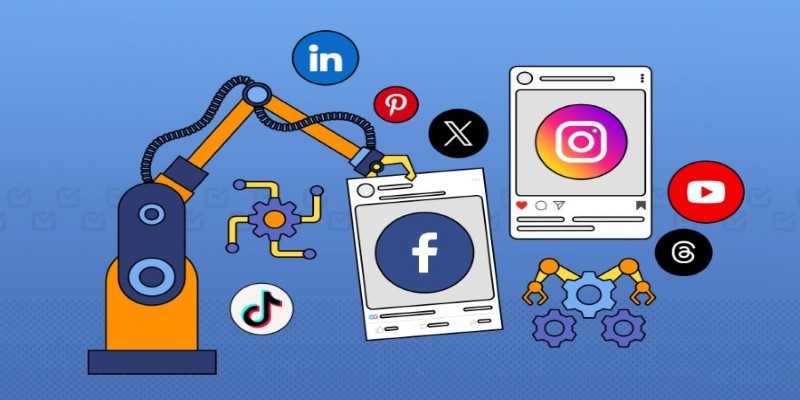
The Ultimate Guide to Automating Social Media Posts for Free
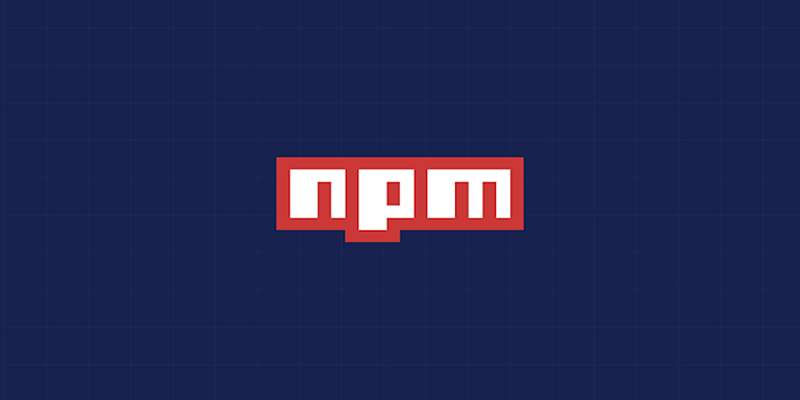
Fixing Slow or Stuck NPM Installs: Proven Ways to Speed Things Up

Simple Ways to Transfer Files Between Phone and PC

Unlock Text from Images: Best Free OCR Tools You Can Use Today
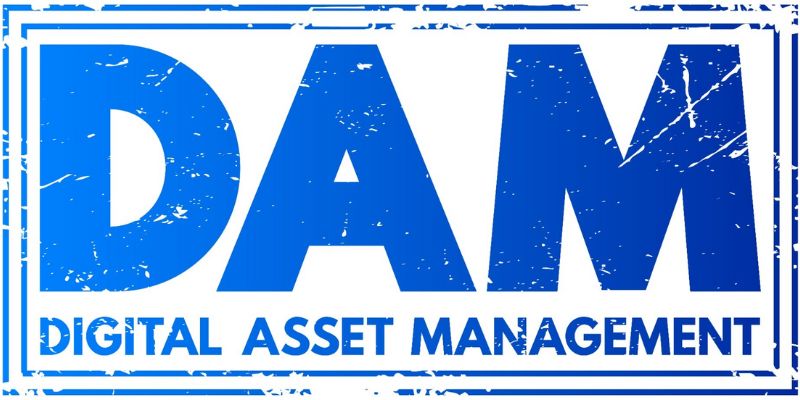
The 10 Best Digital Asset Management (DAM) Software Options for 2025

Top 5 PAL to NTSC Converters for Hassle-Free Video Playback
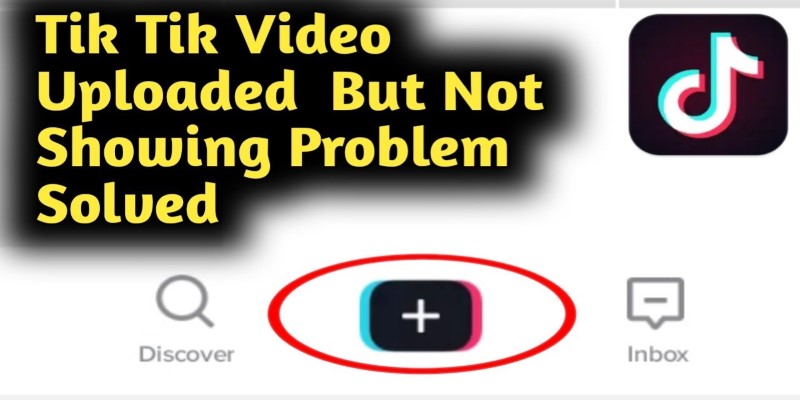
TikTok Video Uploaded but Not Showing Up? Here’s Why
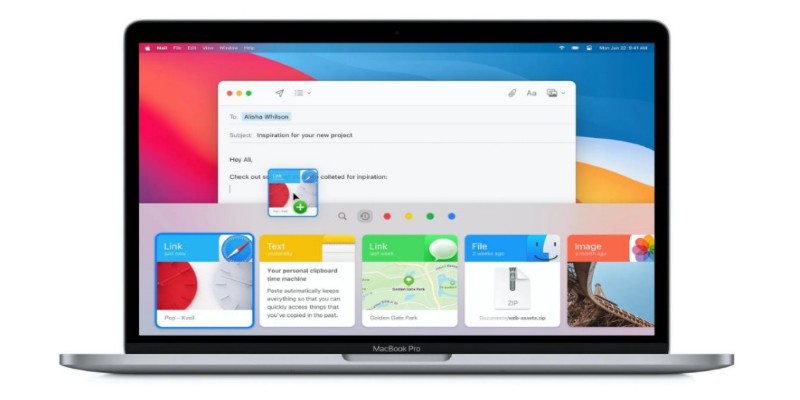
Top Clipboard Managers for Windows and Mac – Boost Your Productivity

Top Mobile Security Apps 2025: Trusted Protection for Your Device
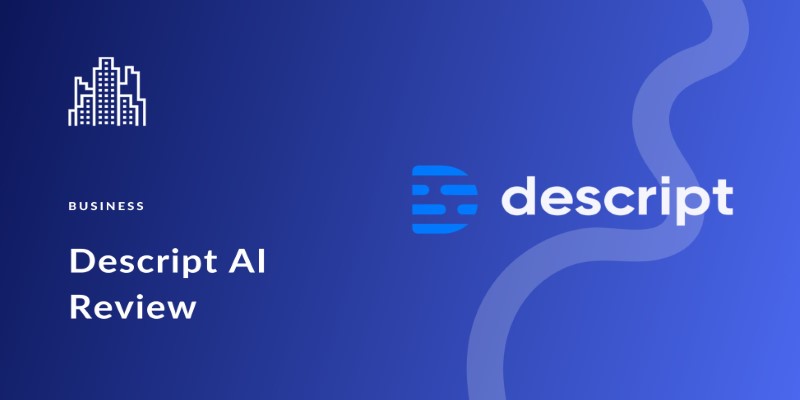
Descript Review: Simplify Audio and Video Editing Like Never Before

Boost Your Writing: 5 AI Tools to Improve Your Content
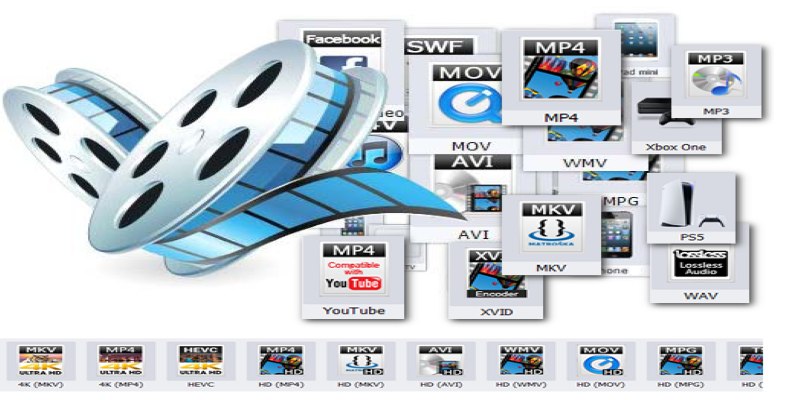
 knacksnews
knacksnews